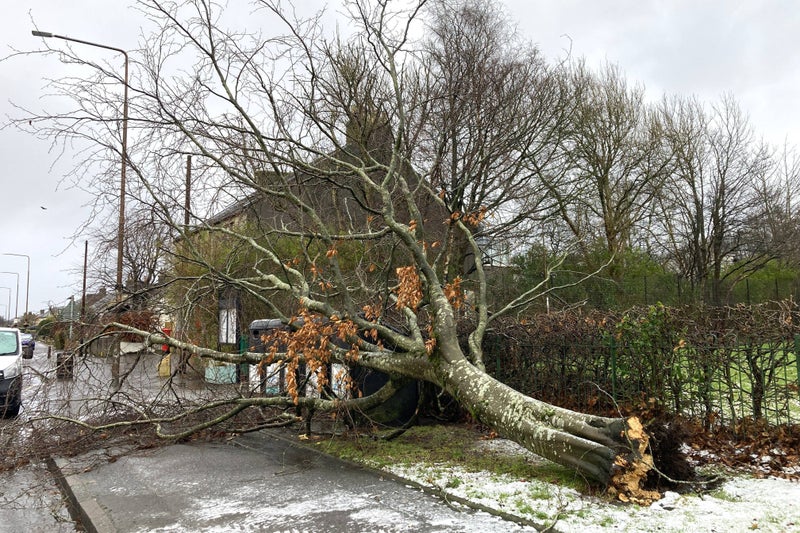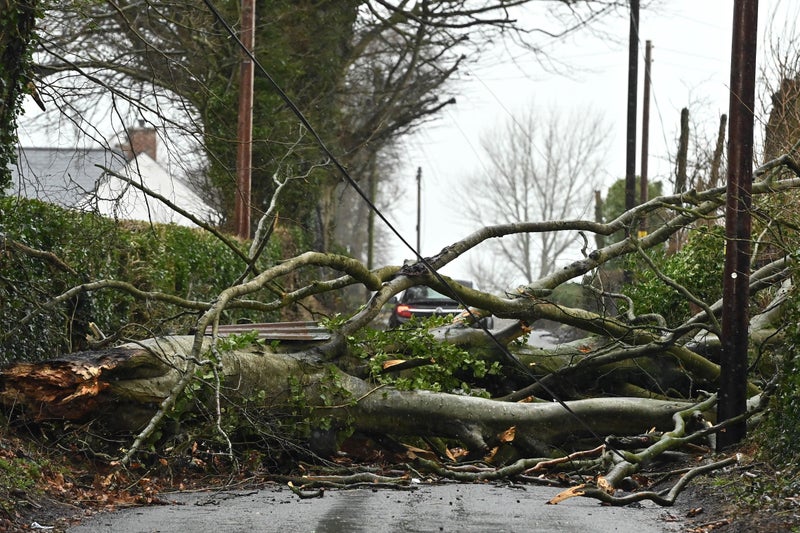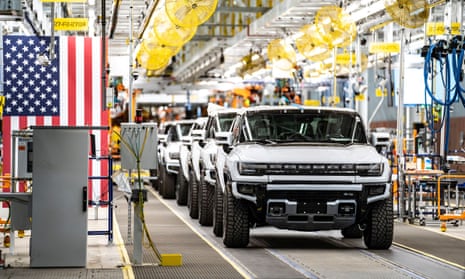Amal Elawady, professor of structural and wind engineering at FIU, and the team’s leader, said the research would also have relevance in other countries, where regulations for building design and wind loads are often calculated primarily with hurricane categories in mind.
The FIU study focused on five of Houston’s tallest and most iconic buildings but, the researchers say, it could have profound implications for cities elsewhere as the climate crisis and soaring ocean temperatures fuel stronger and more frequent severe weather events, including hurricanes, fires and floods.
Skyscrapers built to withstand major hurricanes fare much more poorly in less powerful windstorms known as derechos, researchers have found, raising questions for cities worldwide over the resilience of tall buildings as the climate emergency worsens.
They found that the storm’s long line of fast-moving thunderstorms spawned “downburst” winds peaking at 90mph that bounced off the buildings and inflicted considerable damage, especially to the facades of structures designed to withstand stronger, category 4 hurricane-force wind speeds of up to 156mph.
The FIU analysis focused on Houston’s Chevron Building Auditorium, CenterPoint Energy Plaza, El Paso Energy Building, RRI Energy Plaza, and Wedge International Tower, all built between 1962 and 2003 and between 518ft and 742ft tall.































